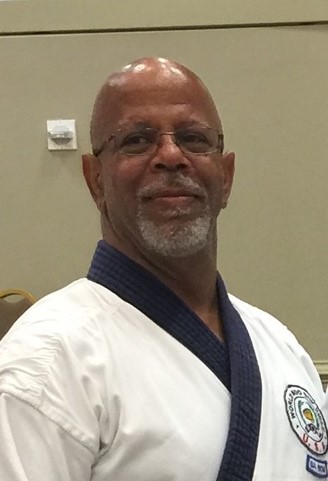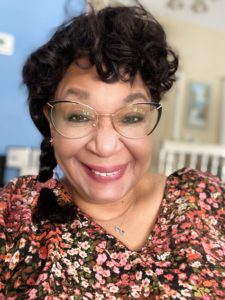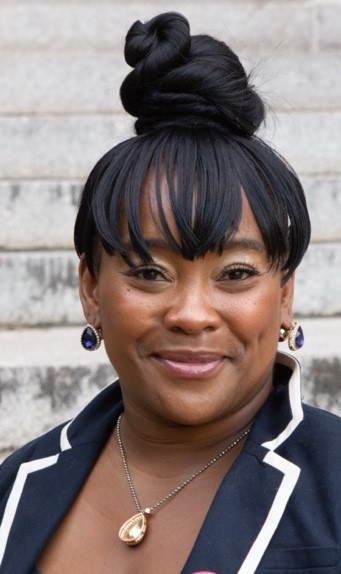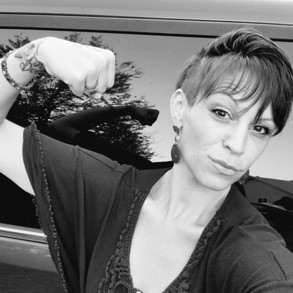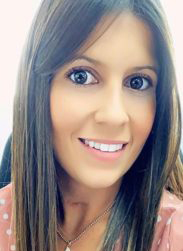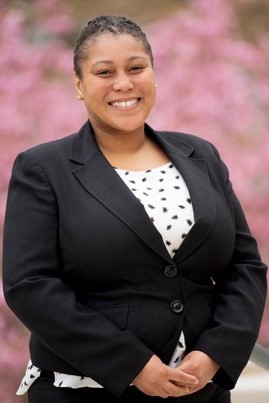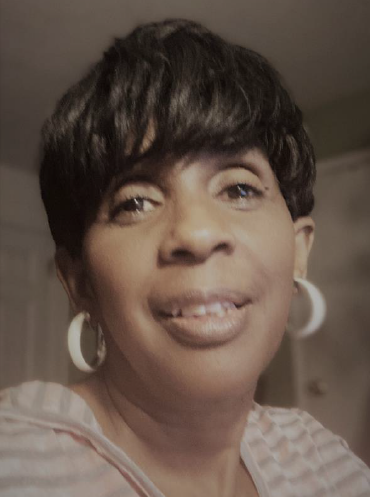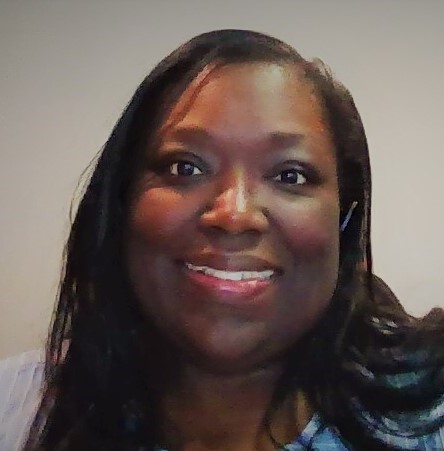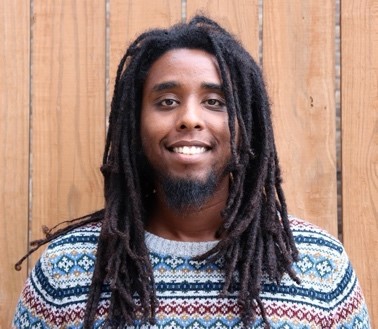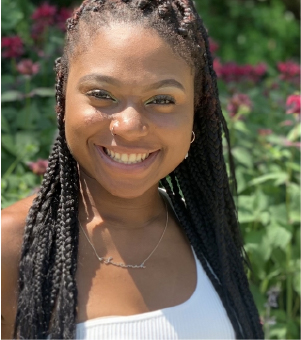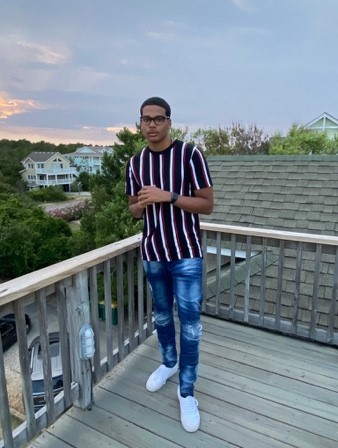The Arts and Social Justice

Since it was illegal to teach slaves to write or read, song became a major form of communication. The iconic freedom fighter, Harriet Tubman famously used code in her songs to guide escapees as they moved along the underground railroad. Music was also deeply rooted in the Black church, a place of faith, healing, and solace for African Americans that continues today. African Americans created and sung spirituals such as the famous “Wade in the Water”.
The practice of using music to communicate and as a form of activism against social injustice began in the early 18th century, through reconstruction and was weaved throughout all forms of African American music such as the blues, jazz, and rhythm and blues (R&B). Musical legends such as Harry Belafonte, Sam Cooke, Nina Simone, Abby Lincoln and Billie Holiday all used music as a form of resistance to push back at draconian Jim Crow Laws enacted to oppress Black people after slavery was abolished. Greats such as Sydney Poitier, Lena Horne, Harry Belafonte, Diahann Carroll, Cicely Tyson, and other famous artists joined the Civil Rights movement and spoke out against inequalities and the struggles of Black people.
Systemic Racism Unveiled
Jazz, and swing legend Billie Holiday aka “Lady Day” is an American icon whose musical style and persona influenced and inspired jazz music and musicians across all genres long after she passed. While her music and struggles with drug addiction are well documented what is little known is her personal story and her standing as a civil rights activist. Billie Holiday in many ways, unwittingly became a face for systemic injustice at the hands of United States government under the guise of law and order and “the war on drugs”.
At the height of Billie Holiday’s musical success, the country was still grappling with racial segregation under Jim Crow laws and many African Americans migrated north to escape draconian rules and horrific lynching of Black people that was happening almost daily. While many artists lived freely, they still faced segregation and were forced to perform under strict rules having to use the Green Book to travel safely through Jim Crow America. They faced constant harassment from white people and law enforcement who were given the power to revoke their rights to perform. The Federal Bureau of Investigations (FBI) under the reign of famed Director, J. Edgar Hoover, developed and conducted a controversial program named Counter-Intelligence Program (COINTELPRO). The program utilized covert and illegal methods such as financing extreme right-wing groups to violently target American political parties such as the Black Panther Party, the Nation of Islam and other feminist, environmental and anti-Vietnam groups. COINTELPRO also surveilled high profile Black people and would intervene if they felt that those individuals were “subversive” and gaining too much power or influence.
One of COINTELPRO’s targets was Billie Holiday who was very outspoken about the plight of Black people. She pushed the concert halls where she performed to allow Black people to integrate with white people in the main area and in 1939, Billie Holiday went even further by recording “Strange Fruit”, a haunting song that portrayed the story of the lynching of Black people in the south. The song made white audiences uncomfortable and it angered Black people everywhere attracting the attention of the FBI. Fearing backlash the FBI deployed COINTELPRO to shut her down cunningly using a Black undercover agent to befriend her. The FBI used her drug addiction as an excuse to imprison her and shut her voice down bribing the people around her keep her drugged and/or plant drugs on her. Behind the legend, her music, her beautiful persona is a dark story of a person whose pain was used against her by a government sanctioned program that went to lengths to destroy her simply because she dared to speak out for her people.
Director Lee Daniels tells Billie Holiday’s story in the powerful Hulu Original movie, “The United States Vs. Billie Holiday”. Find the song “Strange Fruit” on Apple Music or your preferred streaming music service. *Also performed by Nina Simone.

The following depict the story of the emergence of Black Culture in the 60’s and 70’s and the further depict who art continued to be used as a medium to speak about and fight social injustices againt Black people all across the United States.
From @blackhistoryunlocked:
Black is Beautiful
(Rated R for language)
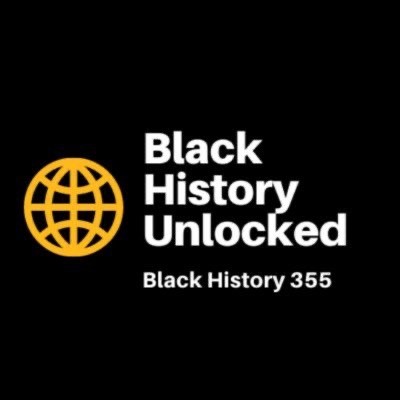
Art as a platform for Justice
In 1968 Johnny Carson gave up his seat on NBC’s Tonight show to singer and Civil Rights icon, Harry Belafonte to guest host for an entite week. This was a historical event, marking the first time an African American had hosted a a late night show.
The story is depicted in this documentary.
How it Feels to be Free
How it Feels to be Free is a PBS American Masters Documentary of six legendary Black female artists who defied odds and rose to power despite the constant struggles they faced in the entertainment industry and despite rules that sought to silence them at every turn. They didn’t stop there and instead used their platforms to speak about racial injustices against Black people.
Social justice in the arts continues today as artists and regular people alike, fight for better representation and diversity across the board. From early influencers in R&B like Nina Simone, Sam Cooke, Marvin Gaye and others arguably, one of the most influential voices that emerged is that of Hip-Hop and Rap music. From the early 80’s, 90’s all the way to present day Hip-Hop music has spoken to issues relevant to the Black experience.
The Universal Hip-Hop Museum in New York City aptly describes the evolution and influence of hip-hop music: “The global evolution of hip hop was first fueled a thirst for peace, unity and fun-spirit rap battles and break-dance competitions in parks, recreation centers local clubs. As the culture spread the borders of the South Bronx into lower Manhattan’s night club scene, it begun to develop stronger messages which shed light on social issues of rebellion, racism, urban strife, social injustice and economic inequality of urban communities. The fashion, poetry, stories, images, music, innovative dance styles and street art was now popular in suburbs and rural communities across the country. The pop appeal of hip-hop quickly spread nationwide.”
The FX Documentary Hip-Hop Uncovered, The Voice of the Streets: digs a little deeper into how Hip-Hop artists fought the entertainment establishment to create their own music labels, fashion, brands and use their music to speak for the people.
In the 20th and 21st century Black Culture in the form of fashion, R&B and Hip-Hop music eclipsed Rock music as mainstreams biggest genres. This happened at the same time the makeup of the country was changing and becoming more multi-cultural. As the genre enjoyed crossover success so to, did the fashion, lingo and interest in Black culture.
A 2017 Neilson music report showed a 72 % increase of on-demand streaming with 8 of the top 10 artists hailing from the world of Hip-Hop and R & B. Younger generations in particular -Children of the Millennial Generation (1980-2000’s), Generation Z (1996-2010) and the Alpha Gen (2011- 2025)- including suburban white youth, were listening almost exclusively to Hip-Hop. This group of young people is the most diverse, accepting and tolerant generation in the history of this country. Similar to young activists of the 60’70’s they are also the most socially active as evidenced through the March for our Lives movement and through summer of 2020 after the murder of George Floyd and Breanna Taylor. Young people of every color, creed and gender took to the streets to march in solidarity for Black lives.




